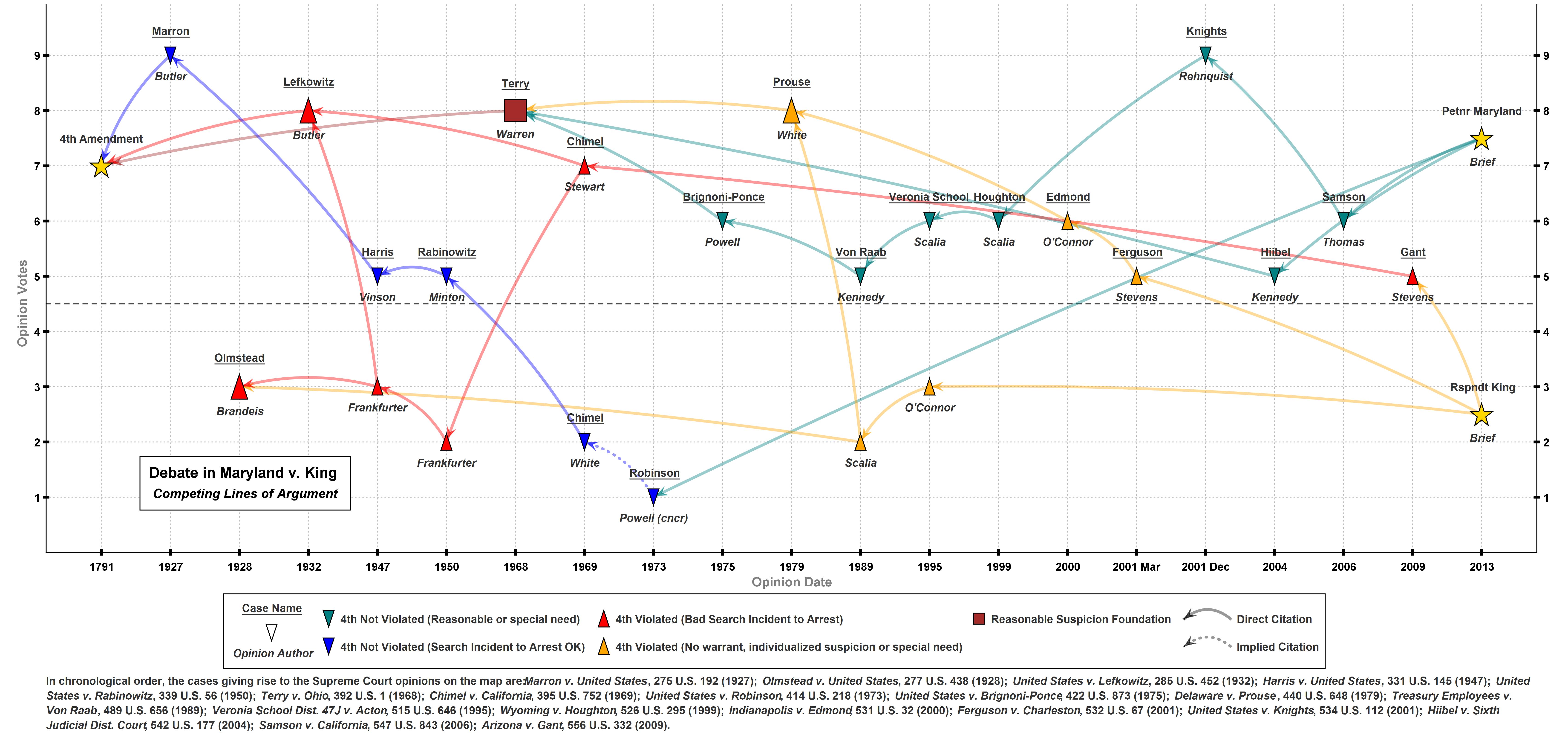Making the Most of Big Data
NSF: Summary Submission Deadline – April 22, 2013.
Aiming to make the most of the explosion of Big Data and the tools needed to analyze it, the Obama Administration announced a "National Big Data Research and Development Initiative" on March 29, 2012. To launch the initiative, six Federal departments and agencies announced more than $200 million in new commitments that, together, promise to greatly improve and develop the tools, techniques, and human capital needed to move from data to knowledge to action. The Administration is also working to "liberate" government data and voluntarily-contributed corporate data to fuel entrepreneurship, create jobs, and improve the lives of Americans in tangible ways.
As we enter the second year of the Big Data Initiative, the Administration is encouraging multiple stakeholders including federal agencies, private industry, academia, state and local government, non-profits, and foundations, to develop and participate in Big Data innovation projects across the country. Later this year, the Office of Science and Technology Policy (OSTP), NSF, and other agencies in the Networking and Information Technology R&D (NITRD) program plan to convene an event that highlights high-impact collaborations and identifies areas for expanded collaboration between the public and private sectors. The Administration is particularly interested in projects and initiatives that:
- Advance technologies that support Big Data and data analytics;
- Educate and expand the Big Data workforce;
- Develop, demonstrate and evaluate applications of Big Data that improve key outcomes in economic growth, job creation, education, health, energy, sustainability, public safety, advanced manufacturing, science and engineering, and global development;
- Demonstrate the role that prizes and challenges can play in deriving new insights from Big Data; and
- Foster regional innovation.
Please submit a two-page summary of projects to BIGDATA@nsf.gov. The summary should identify:
- The goal of the project, with metrics for evaluating the success or failure of the project;
- The multiple stakeholders that will participate in the project and their respective roles and responsibilities;
- Initial financial and in-kind resources that the stakeholders are prepared to commit to this project; and
- A principal point of contact for the partnership.
The submission should also indicate whether the NSF can post the project description to a public website. This announcement is posted solely for information and planning purposes; it does not constitute a formal solicitation for grants, contracts, or cooperative agreements.
Doesn’t look like individuals are included, “…federal agencies, private industry, academia, state and local government, non-profits, and foundations….”
Does anyone have a government or non-profit I could borrow to propose a topic map-based Big Data innovation project?
Thanks!
Phrased humorously but that’s a serious request.
I have a deep interest in the promotion of topic maps and funded projects are a good type of promotion.
Other people see a topic map-based project getting funded and they think having a topic map was part of being funded. Creating more topic map-based applications and hence a chance at more topic map-based projects being funded.
I first saw this in a tweet by Tim O’Reilly.


